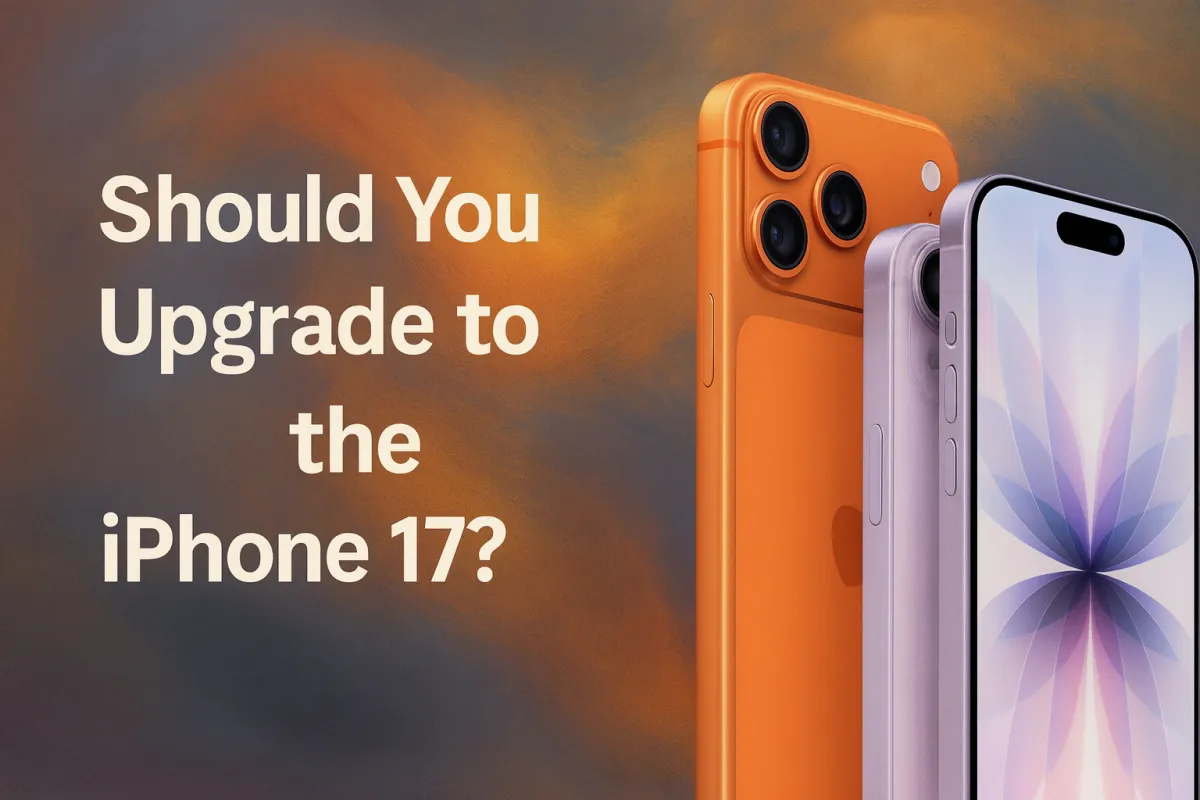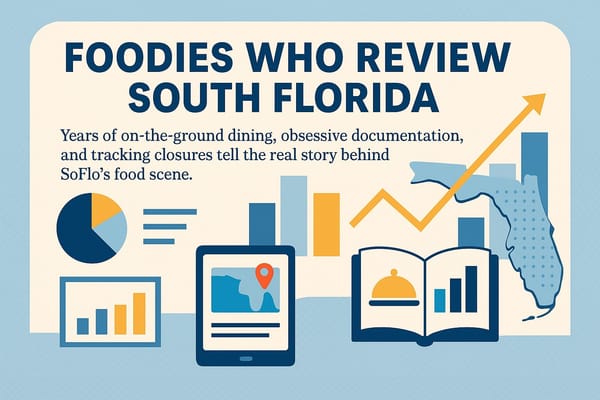Should You Upgrade to the iPhone 17? My Take After Moving to the 17 Pro Max

Disclaimer: I write these pieces as a former technology columnist and current industry observer. They reflect my personal analysis and opinions only, not those of my employer or any affiliated organization.
Although I no longer write for ZDNet, I remain deeply involved in evaluating technology. This year, I decided to upgrade to the iPhone 17 Pro Max.
But here’s the thing: many people don’t need the newest, priciest hardware. Apple Intelligence still isn’t the killer feature Apple made it out to be. And in many ways, my advice from last year—that you shouldn’t buy the iPhone 16 just for Apple Intelligence—was proven correct. (Why You Shouldn’t Buy the iPhone 16 for Apple Intelligence – ZDNET)
Here’s my updated take for 2025.
1. Don’t Buy It for “Apple Intelligence.”
Apple Intelligence was introduced as a headline feature, but it’s still limited and inconsistent.
- Competitors are ahead. ChatGPT+, Microsoft Copilot, Google Gemini, and Perplexity remain far more capable and flexible.
- Translation hype is overstated. Apple’s flashy demo with AirPods Pro 3 makes live translation look revolutionary. But in reality, you can already do this with the built-in Translate app with iOS 26 on any iPhone. It handles text, voice, and conversation mode — and it uses much of the same underlying technology. For quick travel questions or restaurant conversations, it’s perfectly fine. You don’t need an iPhone 17 or new AirPods. And in fact, any 8GB iPhone (15 Pro, 16) running Apple Intelligence with the previous gen Airpods Pro 2 can use the Live Translation feature, too.
- Reclaim resources if you’re not impressed. If Apple Intelligence isn’t helping, head to Settings > Apple Intelligence & Siri and switch it off. That frees up about 2 GB of RAM (not storage), which your apps can use instead.
Verdict: Apple Intelligence isn’t worth upgrading for on its own.
2. If You’re on an Older iPhone (X, 11, 12)…
Don’t rush into spending $1,000+ on an iPhone 17.
- Most apps won’t use the A19 chip. The iPhone 17 packs Apple’s new A19 processor, but the reality is that everyday apps — Facebook, Instagram, WhatsApp, email, messaging — won’t take advantage of that horsepower. They run just as well on an iPhone 14 or 15.
- iOS parity. Both the 14 and 15 run iOS 26 with all the same essential features.
- Price matters. A pre-owned iPhone 14 or 15 often costs half the price of a new 17.
Verdict: Unless you’re editing video, playing demanding 3D games, or using pro-level creative apps, you won’t notice the A19 difference day to day.
3. Shop Smart — Carriers, Pre-Owned, and Refurbished Deals
Carriers still have unsold stock of iPhone 14 and 15 models and often bundle them into your monthly bill for just a few dollars more. But you’ll often save more by buying outright.
Better options include:
- Amazon Renewed (sold by Amazon directly): Returned and pre-owned devices go through strict inspection, including battery health checks. Many are open-box returns with little use. Make sure the listing indicates “sold by Amazon” for in-house certification.
- Apple Refurbished Store: Pricier but with a full warranty, and often higher-storage models. These are pristine and excellent value for money.
- Swappa: A highly reputable third-party marketplace. It’s peer-to-peer (no centralized refurbishing), but Swappa enforces strict listing and verification standards. Devices are validated against serials and condition, making it far safer than eBay or Facebook Marketplace.
Verdict:
- For low upfront cost → carrier bundles work.
- For peace of mind → Amazon Renewed or Apple Refurbished are the best bets.
- For market pricing and flexibility → Swappa is excellent if you’re comfortable with peer-to-peer buying.
4. Yes, the Display Upgrades Are Impressive — But Not Constant
Apple finally brought ProMotion (120 Hz adaptive refresh) to the base iPhone 17.
- What it does well: Smooth scrolling, gaming, and animations.
- What it doesn’t: The display adapts between 1 Hz and 120 Hz. When you’re reading, checking email, or even watching most full-screen video, you won’t always notice the top refresh rate.
Verdict: A welcome addition, but don’t expect 120 Hz everywhere, all the time.
iPhone 14 vs 17 vs 17 Pro Max: Who Should Buy What?
Casual User (social, email, messaging, browsing)
👉 Buy a pre-owned iPhone 14. Cheap, reliable, and runs iOS 26 smoothly.
Everyday User Who Wants Longevity (light photos, travel, newer battery)
👉 Buy an iPhone 15 (pre-owned or carrier deal). A balanced sweet spot of features and value.
Traveler / Heavy Media Consumer (photos, maps, streaming, long days out)
👉 Consider iPhone 17 (base). ProMotion display, bigger base storage, and efficiency gains make it worth it.
Content Creator / Gamer / Power User (video editing, 3D gaming, pro camera use)
👉 Go for iPhone 17 Pro or Pro Max. The A19 Pro chip, telephoto zoom, and battery performance make these the real “workhorse” models.
Android Users: Same Story
On the Android side, the same advice applies. Two- or even three-year-old flagships are still excellent:
- Samsung Galaxy S23/S24 and A-series models still run Android 16 and perform well.
- Google Pixel 8 remains one of the best camera + software combos at a fraction of the Pixel 9’s cost.
Bottom Line
If you want the newest, shiniest iPhone and you’ll actually use the Pro features (camera, display, telephoto, gaming), then yes — the 17 or 17 Pro Max are excellent devices.
But if your phone still meets your needs, or you just want to save money, a pre-owned iPhone 14 or 15 is the smarter move. You’ll get nearly the same software, excellent performance, and several years of updates — without spending four figures.
Upgrade because you need to, not because Apple tells you to.



